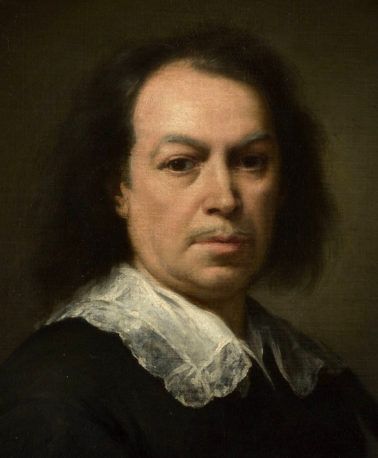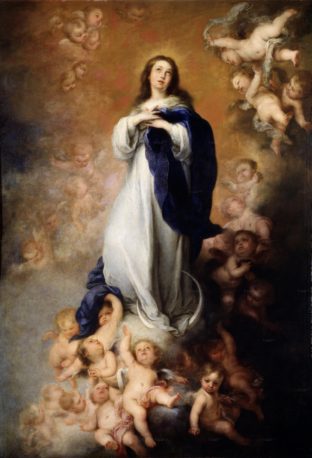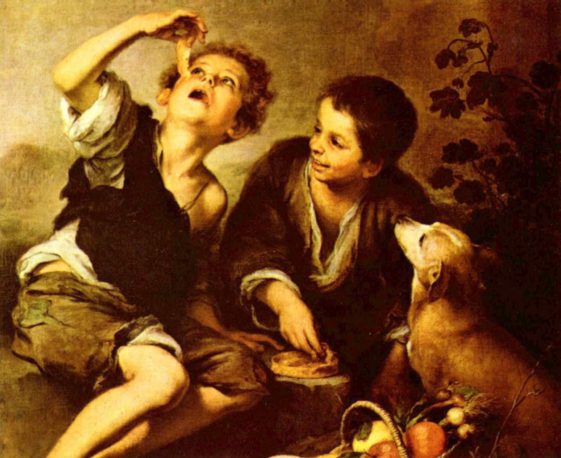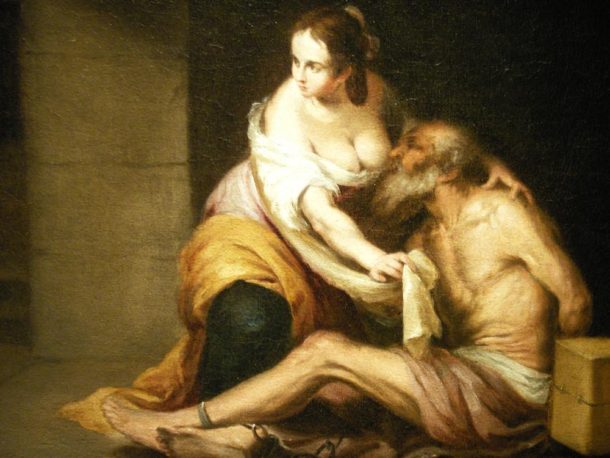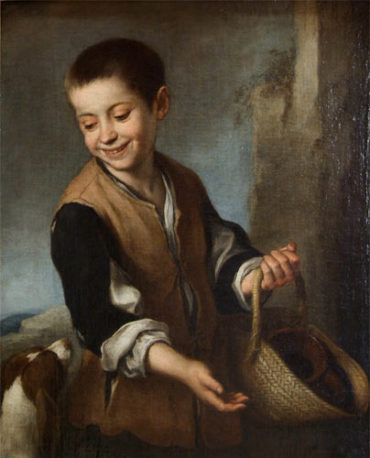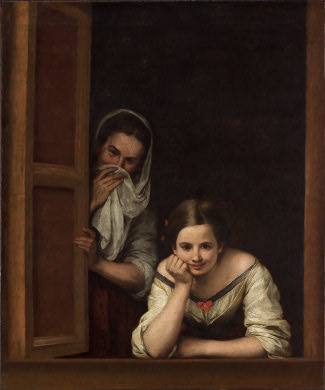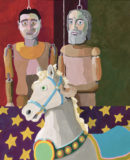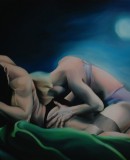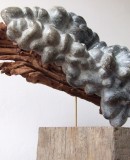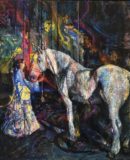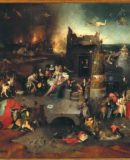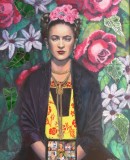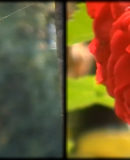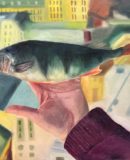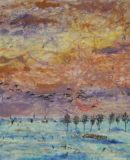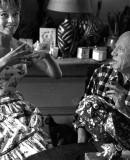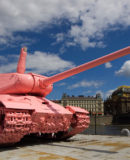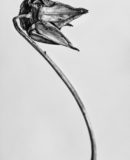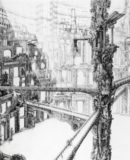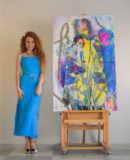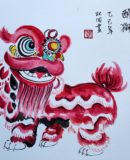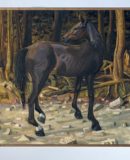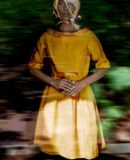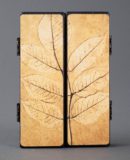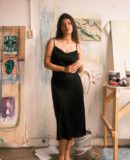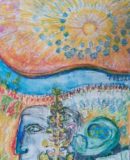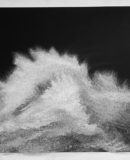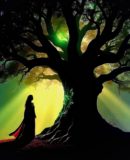World Fine Art Professionals and their Key-Pieces, 184 - Bartolomé Esteban Murillo
World Fine Art Professionals and their Key-Pieces, 184 – Bartolomé Esteban Murillo
Bartolomé Esteban Murillo (1617-1682), like Velázquez and Zurbarán, is a Spanish Baroque painter. In addition to religious work, he painted many women and children. They are vivid, realistic portraits of flower girls, street children and beggars.
Murillo was a son of Gaspar Esteban and María Pérez Murillo. It is not certain whether he was born in Seville or in the nearby village of Pilas, but at least he was baptized on 1 January 1618 in Seville. He was the youngest son and had eleven brothers and sisters. His father was both a barber and a surgeon. His parents died, however, when Bartolomé was still young. He was raised by his aunt and uncle.
Sophisticated style
The young Murillo liked to draw. Through his aunt and uncle he ended up with Juan del Castillo, a Sevillian Baroque painter. He made him familiar with the Flemish painters and the “Treatise on Sacred Images” by Molanus or Ian van der Meulen. Seville was a bustling city at that time, also artistic.
In his first works the influence of Zurbarán, Jusepe de Ribera and Alonzo Cano is clearly present. Very realistic work. But Bartolomé developed and soon acquired a refined style that was very popular with the bourgeoisie and the aristocracy. They wanted canvases with religious subjects.
When Murillo was 26, in 1642, he went to Madrid, where he became acquainted with the work of Velázquez and saw the Venetian and Flemish masters in the royal collections. You can see the rich colors and softly modeled shapes in his work of that time. In 1645 he returned to Seville, married Beatriz Cabrera y Villalobos, and had 11 children with her.
The Virgin and the Child
In that year, 1645, he painted eleven canvases for the monastery of St. Francisco el Grande in Seville. The miracles of Franciscan saints. It was Caravaggesque, many dark surfaces with here and there a flashing light and it also was Zurbaránesque, especially in The Ecstasy of St. Francis, but in addition he made work in a soft luminous style, as in The Death of the Saint Clara. And the latter would be his trademark.
In the Levitation of St. Giles, also known as The Kitchen of the Angel (Louvre) and The Death of St. Clara (Gemäldegalerie Dresden), it is abundant: elegance and beauty among the women, beautiful realistic details and a combination of reality and the spiritual world.
In the same year, 1645, one of his many paintings of children came to completion, The young beggar (Louvre), it reminds you fully of Velázquez. After making two paintings in Seville Cathedral, he began to specialize in the theme that brought him the greatest success: The Virgin and the Child and in addition the Immaculate Conception.
All over the world
From 1658 to 1660 he was back in Madrid, and then returned to Seville. With Francisco Herrera (the younger), architect, he founded the Academia de Belles Artes. They both became director. In this period Murillo was very active, he received many important commissions, altarpieces for the Augustinian monastery among others. For Santa Maria la Blanca in Toledo, a former synagogue, he made a series of paintings that were finished in 1665.
He died in Seville in 1682 at the age of 64.
Murillo had many pupils and followers. They made sure that his name was known in both Spain and the rest of Europe. Before the 19th century, he was Spain’s best-known artist. The Englishman Gainsborough and Frenchman Greuze are strongly influenced by him.
The work of Murillo can be seen all over the world. From the Prado in Madrid, the Wallace Collection in London, the Timken Museum in San Diego, the Meadows Museum in Dallas to the Hermitage in St. Petersburg and the Louvre in Paris.
https://ifthenisnow.eu/nl/personen/bartolome-esteban-murillo
Disclaimer: The views, opinions and positions expressed within this guest article are those of the author Walter van Teeffelen alone and do not represent those of the Marbella Marbella website. The accuracy, completeness and validity of any statements made within this article are not guaranteed. We accept no liability for any errors, omissions or representations. The copyright of this content belongs to Walter van Teeffelen and any liability with regards to infringement of intellectual property rights remains with the author.

